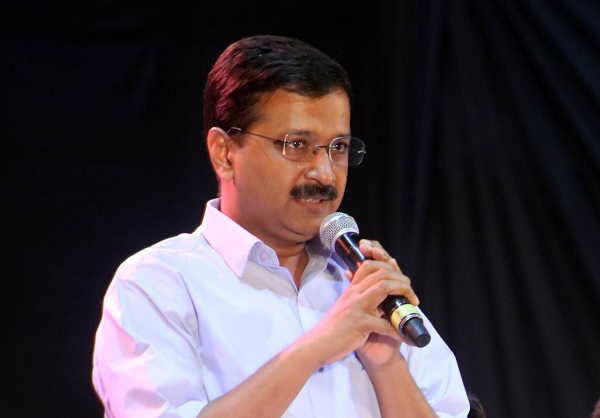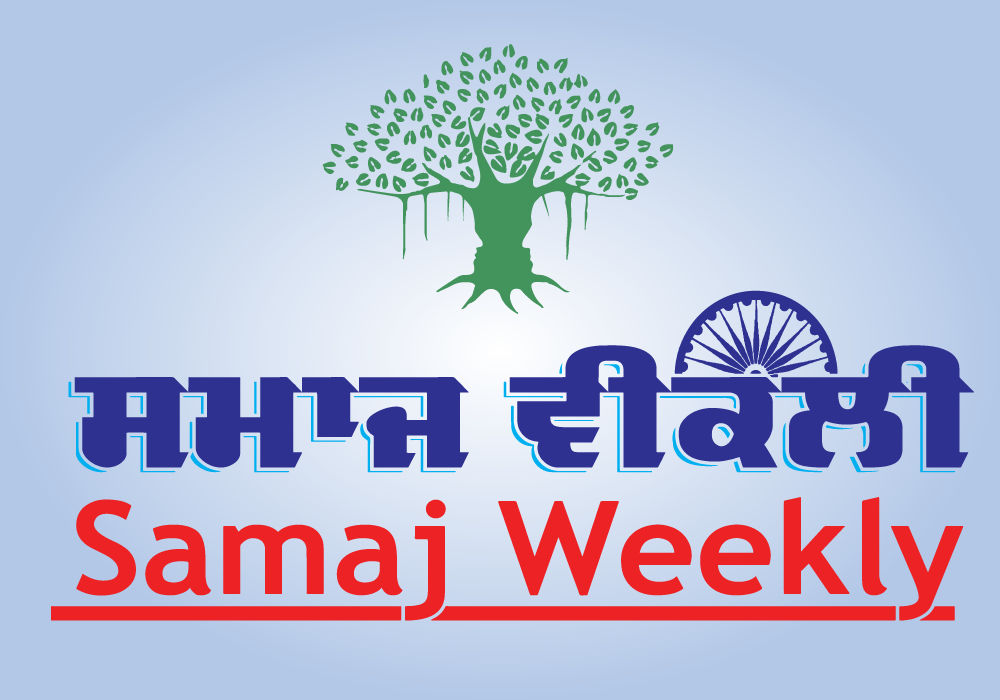New Delhi, Delhi Chief Minister Arvind Kejriwal on Monday said his government is aiming to provide clean and potable piped water 24×7 to every single household of Delhi by 2024 and urged the Central government to increase Delhi’s share of water which has remained unchanged since 1994.
For the same, Kejriwal also met Union Jal Shakti Minister Gajendra Singh Shekhawat in his office along with Delhi Cabinet Minister Satyendar Jain.
Earlier in the day, while laying the foundation stone of a water treatment plant with a capacity of 47.7 crore litres per day here, Kejriwal said the aim of his government is to make R.O. filters and tankers redundant by making universal coverage of tap water supply a reality.
Speaking about the project, Kejriwal said: “the government is launching the construction of a 47.7 crore litre water treatment plant at Chandrawal today which will help supply clean drinking water 24×7 to 22 lakh people living in the command area of this plant, that is, the people of Chandni Chowk, Rajendra Nagar, Civil Lines, Patel Nagar, Karol Bagh, New Delhi, among others.”
He said when his government was elected over four years ago, Delhi’s water supply was woefully inadequate and ridden with irregularities, however, the scenario has changed in the last four-and-a-half years.
“In 2015, we inherited a 70-year-old system that was completely mismanaged, corrupt and exploitative of people. I am happy to share that over the last four-and-a-half years, with the engineers and officials of the Delhi Jal Board we have significantly improved the management of the system.”
Sharing the highlights of the progress made by his government, Kejriwal said: “In 2015 only 58 per cent of Delhi’s colonies were connected to the piped water network. The rest of the colonies would get water through tankers.
“We all know how powerful and large the tanker mafia was. The mafia survived because of the political nexus and patronage. But we liberated the water management system from the clutches of the mafia because we are an honest government. We don’t use water to earn money, we use it to earn goodwill and blessings.”
In just four-and-a-half years, the number of colonies with piped water supply has gone from 58 per cent to 88 per cent, he said.
“It took 70 years to get to 58 per cent and just four-and-a-half years to add 30 per cent more colonies. There is still work to be done. There are about 200 colonies that still need to be covered. Apart from those colonies where laying pipelines is not feasible, all other colonies will get piped water in the next two years and pipelines are being laid for this purpose,” Kejriwal announced.
He alleged that earlier governments would claim that Delhi has a shortage of water and therefore piped water could not be supplied to all parts of the city.
“Our engineers have successfully plugged leakage of water and theft has also been controlled to a large extent. With the same amount of water, we have been able to improve the management of water. Illegal tankers have been cracked down upon. I am optimistic that by 2024, every single household will have access to 24×7 potable drinking water through taps.”
Kejriwal also said that the last time Delhi was allocated water was in 1994 when the population of the city was 1.25 crore.
“Today it is 2.25 crore, but the share of water for Delhi has not been enhanced. We will request the Central government to revise the share for Delhi soon.”
He said the other mode through which Delhi is planning on increasing availability of water is through a large scale rain water harvesting programme.
“We are already in the process of creating rain water harvesting capacity in all government buildings including in schools. We have changed building bylaws as well to make it mandatory for rain water harvesting to be done for buildings built on more than 150 sq metre land. But even this may not be enough,” he said.
Commenting on the untapped potential of the Yamuna floodplains, Kejriwal said, “Delhi has a peak requirement of about 1,200 MGD water. During the rains, six lakh cusecs of water flows through the Yamuna every day. This is enough water to satisfy Delhi’s needs for an entire year. At the moment we are not utilising this resource. Yamuna’s floodplains are large and porous and we can use this to our advantage to tap into the water that flows into the river during the monsoons.”








